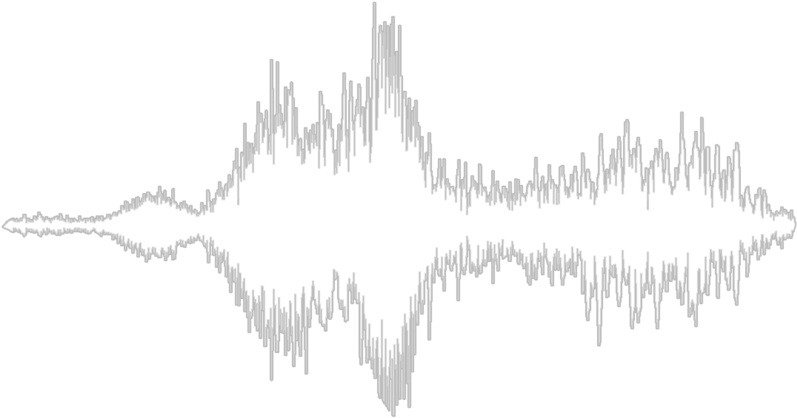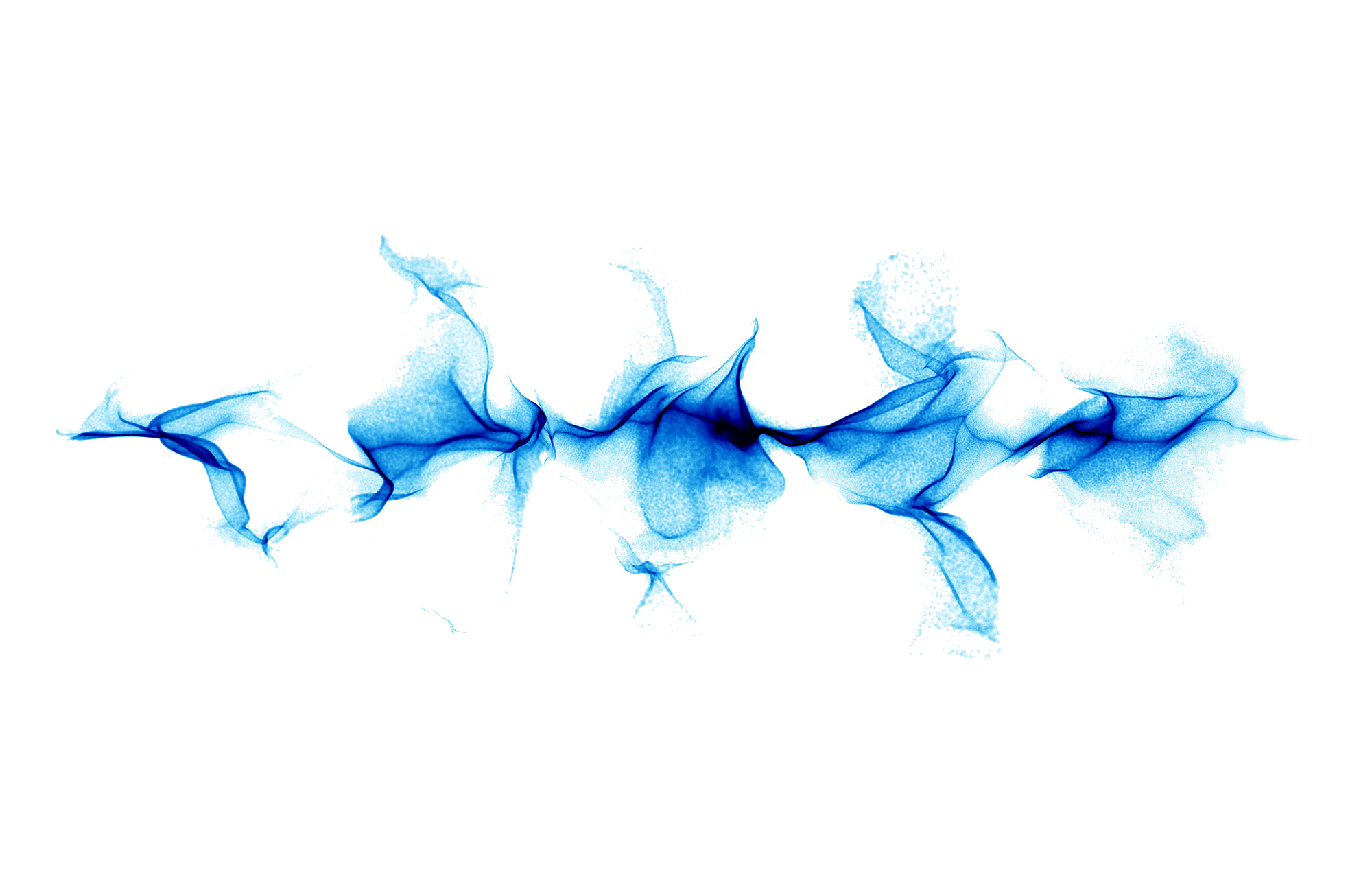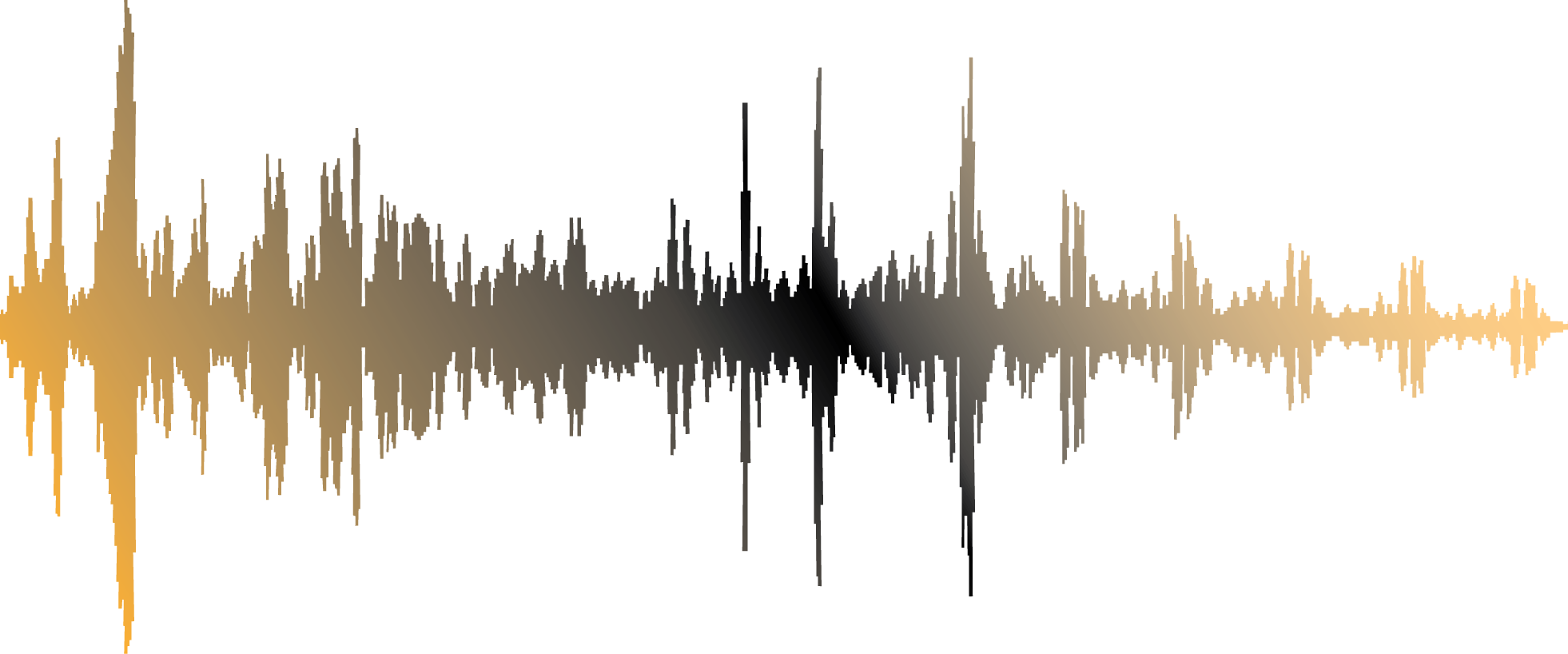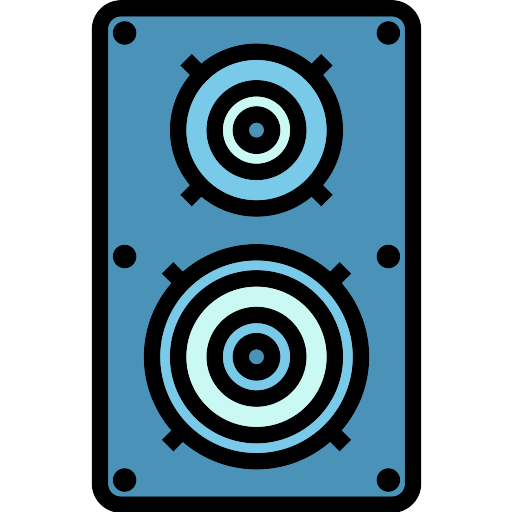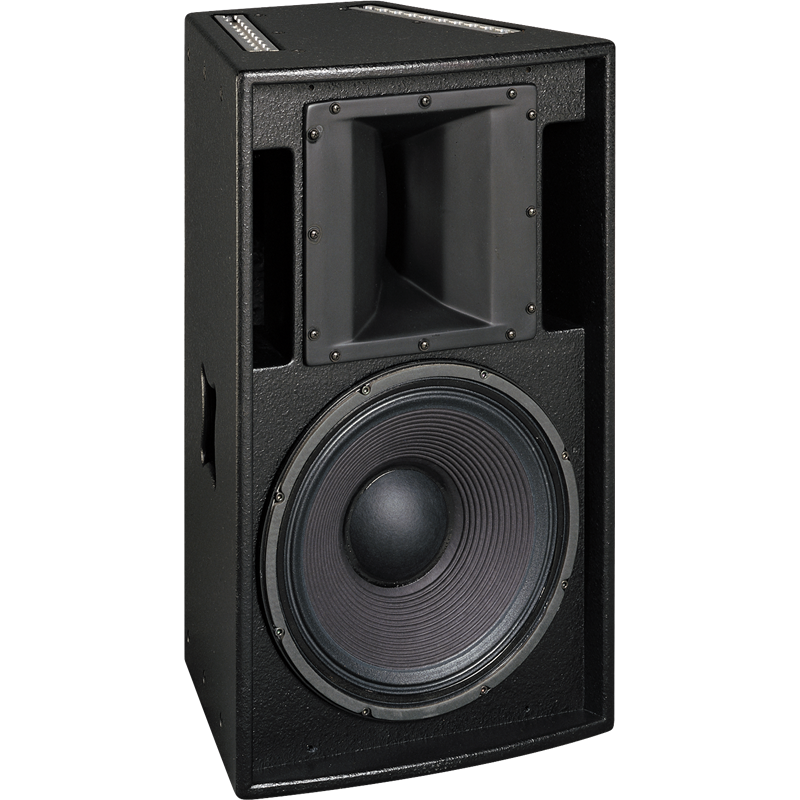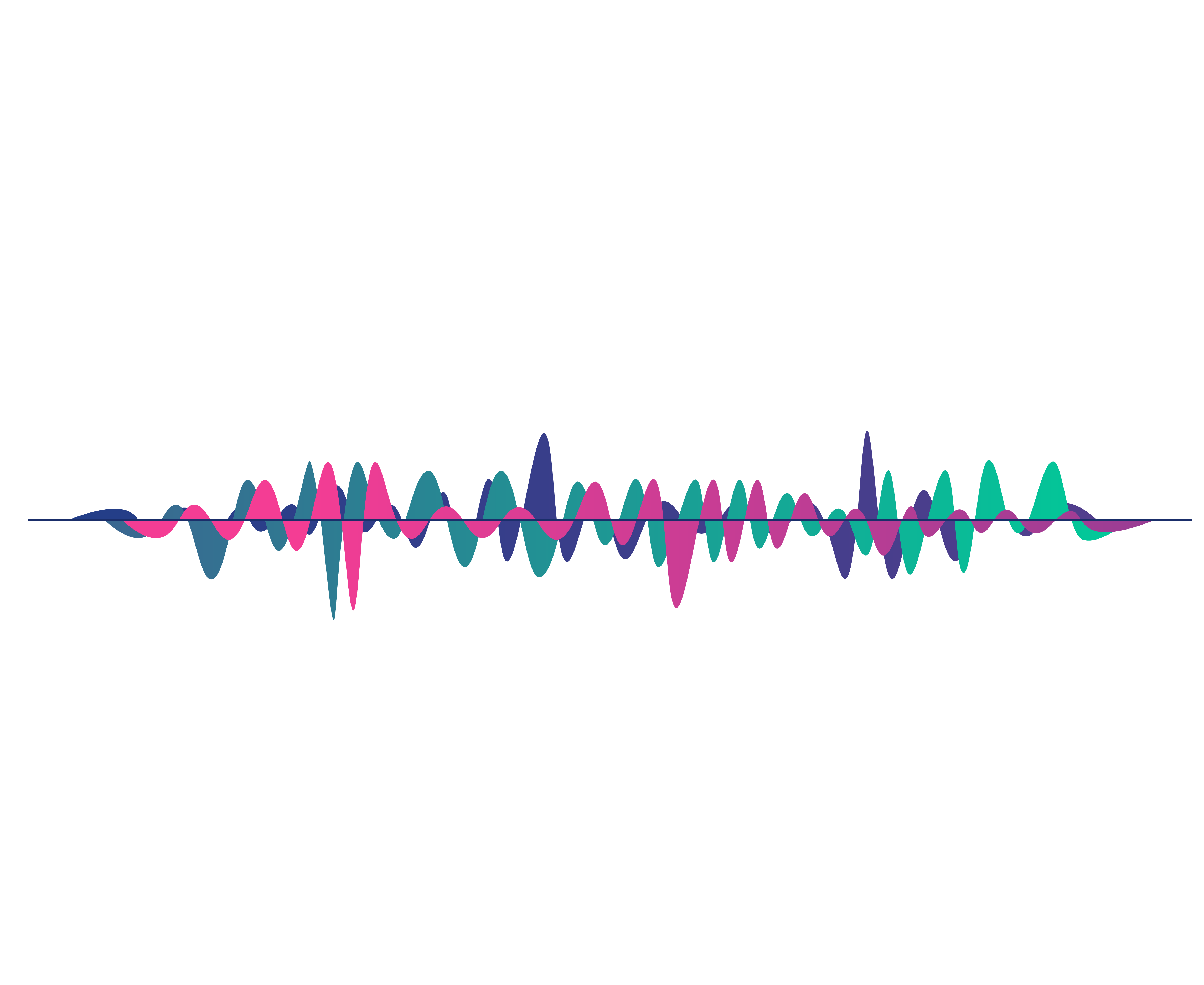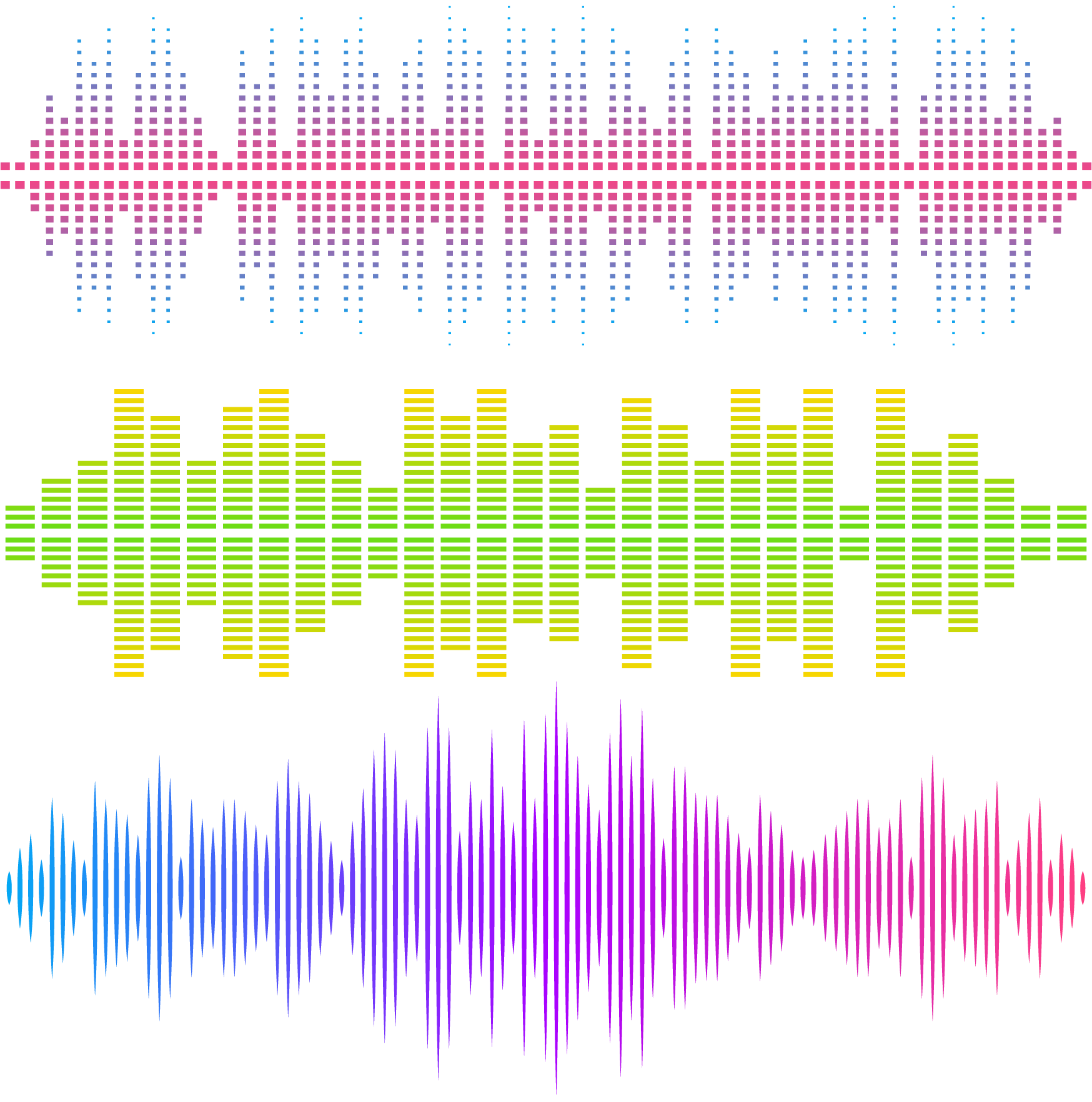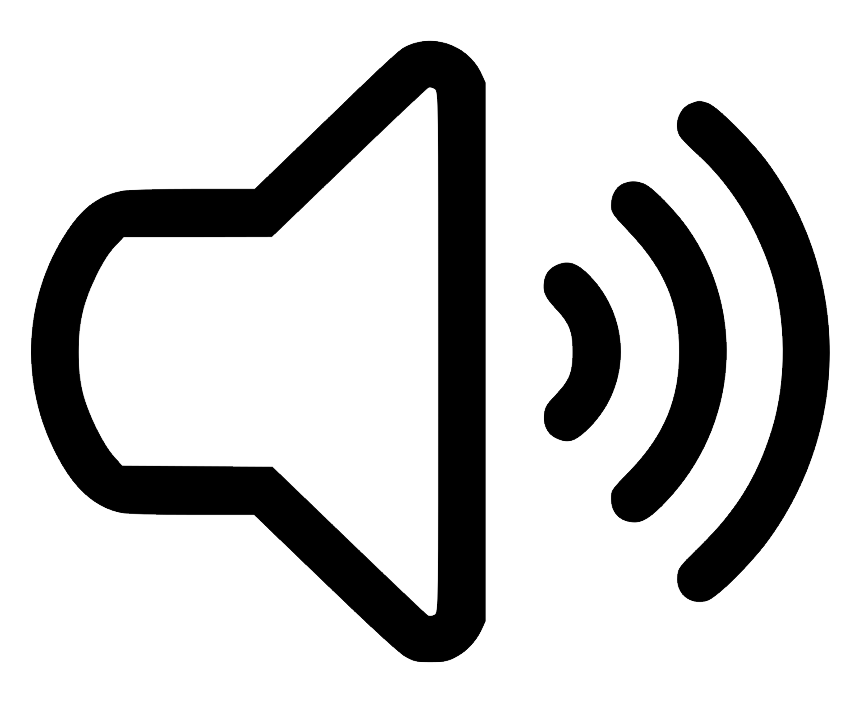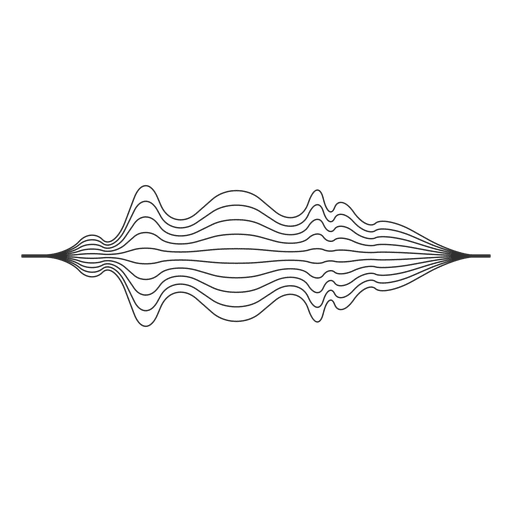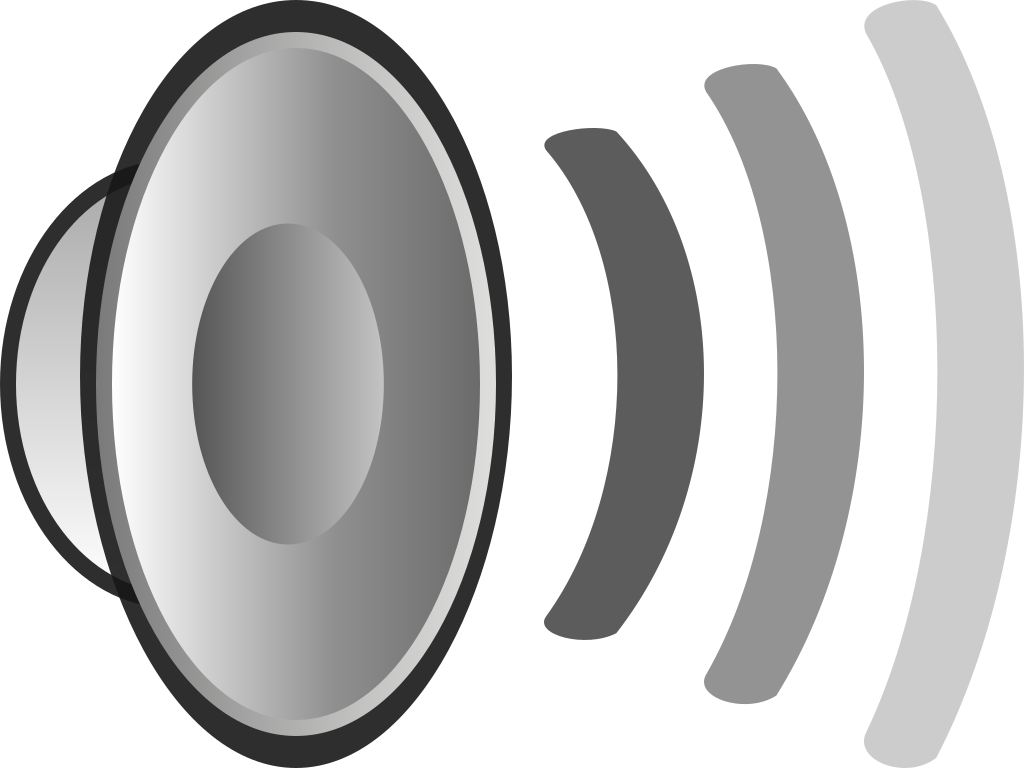Download top and best high-quality free Sound PNG Transparent Images backgrounds available in various sizes. To view the full PNG size resolution click on any of the below image thumbnail.
License Info: Creative Commons 4.0 BY-NC
In physics, the sound is a vibration that propagates as an acoustic wave through a transmission medium such as a gas, liquid, or solid.
In human physiology and psychology, the sound is the reception of such waves and their perception by the brain. Only acoustic waves with frequencies between 20 Hz and 20 kHz, the audio frequency range, induce auditory perception in humans. In air at atmospheric pressure, they are sound waves with wavelengths ranging from 17 meters (56 feet) to 1.7 centimetres (0.67 inches). Sound waves above 20 kHz are known as ultrasounds and cannot be heard by humans. Sound waves below 20 Hz are known as infrasound. Different types of animals have different hearing ranges.
Acoustics is an interdisciplinary science that studies mechanical waves in gases, liquids and solids including vibration, sound, ultrasound and infrasound. A scientist working in the field of acoustics is an acoustician, and someone working in an acoustic engineering field might be called an acoustic engineer. On the other hand, the sound engineer deals with the recording, processing, mixing, and reproduction of sound.
Applications of acoustics can be found in almost all spheres of life in modern society; disciplines include aeroacoustics, audio signal processing, architectural acoustics, bioacoustics, electroacoustics, environmental noise, musical acoustics, noise control, psychoacoustics, speech, ultrasound, underwater acoustics, and other vibration. Sound can travel through media such as air, water and solids such as longitudinal waves and shear waves in solids. Sound waves are generated by a sound source, such as a vibrating hole in a stereo speaker. The sound source creates vibrations in the environment. When the source continues to vibrate the medium, the vibrations propagate from the source at the speed of sound, forming a sound wave at a fixed distance from the source; the pressure, velocity and displacement of the medium change over time. At a particular moment, pressure, velocity and displacement change in space. Note that particles in a medium do not move with a sound wave. This is intuitively obvious for a solid, and the same is true for liquids and gases (that is, vibrations of particles in a gas or liquid carry vibrations until the average position of the particles changes over time). During propagation, waves can be reflected, refracted or attenuated by the medium.
Sound travels through gases, plasma and liquids in the form of longitudinal waves also called compression waves. For its reproduction, an environment is needed. However, it can transmit both longitudinal and transverse waves through solid particles.
Download Sound PNG images transparent gallery.
- Sound Wave PNG File Download Free
Resolution: 960 × 480
Size: 42 KB
Image Format: .png
Download
- Vector Sound PNG Image HD
Resolution: 512 × 512
Size: 9 KB
Image Format: .png
Download
- Sound off PNG Free Download
Resolution: 512 × 512
Size: 27 KB
Image Format: .png
Download
- Vector Sound PNG File Download Free
Resolution: 1042 × 980
Size: 35 KB
Image Format: .png
Download
- Sound PNG Images
Resolution: 1301 × 1243
Size: 59 KB
Image Format: .png
Download
- Sound PNG Image File
Resolution: 1291 × 1150
Size: 21 KB
Image Format: .png
Download
- Sound Wave
Resolution: 1600 × 1600
Size: 24 KB
Image Format: .png
Download
- Sound off PNG
Resolution: 1373 × 1373
Size: 30 KB
Image Format: .png
Download
- Sound Wave PNG HD Image
Resolution: 797 × 418
Size: 78 KB
Image Format: .png
Download
- Sound PNG File
Resolution: 1201 × 1143
Size: 29 KB
Image Format: .png
Download
- Sound off Transparent
Resolution: 981 × 840
Size: 37 KB
Image Format: .png
Download
- Sound PNG Photo
Resolution: 1845 × 1441
Size: 26 KB
Image Format: .png
Download
- Sound
Resolution: 2081 × 2400
Size: 124 KB
Image Format: .png
Download
- Sound off
Resolution: 1583 × 1578
Size: 48 KB
Image Format: .png
Download
- Sound Wave PNG
Resolution: 930 × 801
Size: 10 KB
Image Format: .png
Download
- Sound PNG Image
Resolution: 980 × 982
Size: 64 KB
Image Format: .png
Download
- Sound PNG
Resolution: 981 × 982
Size: 39 KB
Image Format: .png
Download
- Sound Transparent
Resolution: 1280 × 1102
Size: 65 KB
Image Format: .png
Download
- Sound Audio PNG
Resolution: 500 × 500
Size: 8 KB
Image Format: .png
Download
- Sound Audio PNG Image
Resolution: 1024 × 1024
Size: 9 KB
Image Format: .png
Download
- Vector Sound
Resolution: 533 × 533
Size: 16 KB
Image Format: .png
Download
- Vector Sound PNG
Resolution: 512 × 512
Size: 9 KB
Image Format: .png
Download
- Sound Wave PNG Image
Resolution: 960 × 480
Size: 51 KB
Image Format: .png
Download
- Sound Wave Transparent
Resolution: 4583 × 3750
Size: 104 KB
Image Format: .png
Download
- Sound Wave PNG Clipart
Resolution: 1280 × 640
Size: 69 KB
Image Format: .png
Download
- Sound PNG Free Download
Resolution: 1024 × 547
Size: 77 KB
Image Format: .png
Download
- Vector Sound PNG Image
Resolution: 1280 × 1280
Size: 157 KB
Image Format: .png
Download
- Sound Wave PNG Free Download
Resolution: 2000 × 1300
Size: 876 KB
Image Format: .png
Download
- Sound Wave PNG Picture
Resolution: 512 × 512
Size: 2 KB
Image Format: .png
Download
- Vector Sound Transparent
Resolution: 684 × 641
Size: 19 KB
Image Format: .png
Download
- Sound Wave PNG Free Image
Resolution: 1962 × 818
Size: 119 KB
Image Format: .png
Download
- Sound PNG Picture
Resolution: 512 × 512
Size: 37 KB
Image Format: .png
Download
- Sound PNG Free Image
Resolution: 1476 × 1476
Size: 749 KB
Image Format: .png
Download
- Sound Wave PNG File
Resolution: 630 × 343
Size: 29 KB
Image Format: .png
Download
- Sound Wave PNG Pic
Resolution: 4583 × 3750
Size: 175 KB
Image Format: .png
Download
- Sound Audio Transparent
Resolution: 512 × 512
Size: 21 KB
Image Format: .png
Download
- Sound off PNG Image
Resolution: 512 × 512
Size: 9 KB
Image Format: .png
Download
- Vector Sound PNG Clipart
Resolution: 512 × 396
Size: 6 KB
Image Format: .png
Download
- Vector Sound PNG Free Download
Resolution: 600 × 600
Size: 73 KB
Image Format: .png
Download
- Vector Sound PNG Picture
Resolution: 512 × 512
Size: 5 KB
Image Format: .png
Download
- Sound Wave PNG Download Image
Resolution: 1120 × 248
Size: 69 KB
Image Format: .png
Download
- Vector Sound PNG Free Image
Resolution: 512 × 512
Size: 11 KB
Image Format: .png
Download
- Sound Wave PNG High Quality Image
Resolution: 1748 × 1764
Size: 104 KB
Image Format: .png
Download
- Sound Wave PNG Images
Resolution: 2400 × 684
Size: 108 KB
Image Format: .png
Download
- Sound Audio
Resolution: 512 × 512
Size: 14 KB
Image Format: .png
Download
- Vector Sound PNG File
Resolution: 1280 × 1140
Size: 373 KB
Image Format: .png
Download
- Vector Sound PNG HD Image
Resolution: 512 × 512
Size: 20 KB
Image Format: .png
Download
- Vector Sound PNG Pic
Resolution: 500 × 500
Size: 105 KB
Image Format: .png
Download
- Sound PNG HD Image
Resolution: 980 × 980
Size: 175 KB
Image Format: .png
Download
- Sound PNG Pic
Resolution: 980 × 980
Size: 54 KB
Image Format: .png
Download
- Sound Wave PNG Image File
Resolution: 980 × 980
Size: 98 KB
Image Format: .png
Download
- Sound PNG Download Image
Resolution: 860 × 709
Size: 24 KB
Image Format: .png
Download
- Vector Sound PNG Download Image
Resolution: 512 × 512
Size: 8 KB
Image Format: .png
Download
- Sound Wave PNG Photo
Resolution: 512 × 512
Size: 9 KB
Image Format: .png
Download
- Sound Wave PNG Image HD
Resolution: 512 × 512
Size: 3 KB
Image Format: .png
Download
- Vector Sound PNG High Quality Image
Resolution: 512 × 512
Size: 20 KB
Image Format: .png
Download
- Vector Sound PNG Images
Resolution: 1094 × 1024
Size: 35 KB
Image Format: .png
Download
- Sound PNG High Quality Image
Resolution: 512 × 512
Size: 4 KB
Image Format: .png
Download
- Vector Sound PNG Image File
Resolution: 1600 × 1600
Size: 21 KB
Image Format: .png
Download
- Vector Sound PNG Photo
Resolution: 1024 × 768
Size: 77 KB
Image Format: .png
Download
- Sound off PNG Clipart
Resolution: 512 × 512
Size: 4 KB
Image Format: .png
Download








